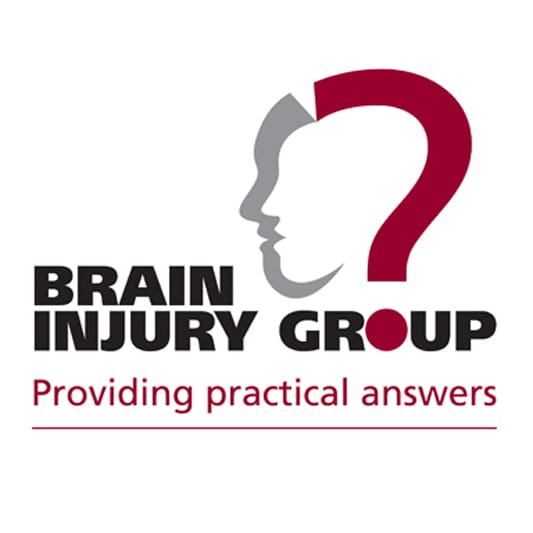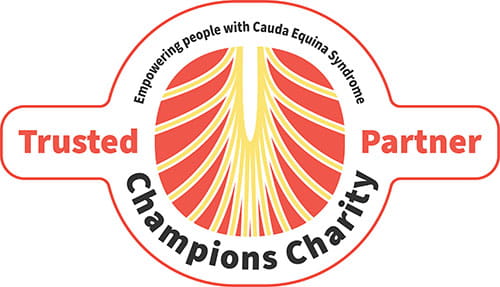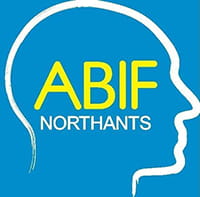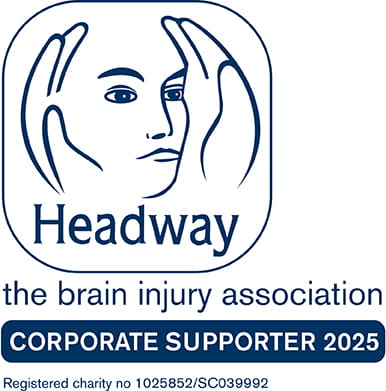The family lived opposite a park and his older brother and sister had gone outside to play in the park. His mum had turned her back on her son for only a moment, but it was long enough for him to get out of the house to follow his older brother and sister outside. As he ran across the road to join them he was struck by a car travelling at 28mph.
The road was a residential one and subject to a 30mph speed limit.
All claims involving children are tragic, but this one more so because of the guilt experienced by the boy's mother, who was, and continued to be, the boy's primary carer.
Her son suffered a serious brain injury in the accident, diagnosed as a diffuse axonal head injury. The consequences of his brain injury left him with severe learning difficulties and behavioural problems.
Liability was denied by the driver's insurer. As this was a major issue, the rehabilitation code was used to establish and put in place a care and support regime for the injured boy, which was funded by the insurer.
Liability was then dealt with at a liability only hearing, and where the boy was awarded 50% of his claim.
In view of the severity of his injuries it became clear he would never be able to live independently and would always require the support of others. Whilst his mother naturally wanted to care for him as much as possible, professional support workers were gradually introduced (funded by interim payments) to provide respite for the family and to ensure he would benefit from outside stimulation and care.
The family continued to grow during the lifetime of the case - the mother had a number of other children and the family was living in over-crowded conditions.
Interesting issues arose concerning family comparators for the loss of earnings part of the claim. The case settled when the boy was still a minor, aged 13. By this stage his older brother had left school and already had a number of run-ins with the police. His older sister didn't have a job. The father had no real employment history. It proved difficult to find a suitable comparator within the family for the boy's loss of earnings claim.
There was also some indication that the boy had behavioural issues and possible learning difficulties before his accident. On that basis a decision was taken to look to settle the claim before the boy reached 18.
As the boy only recovered 50% of his compensation, the settlement was structured to provide flexibility for future care and to provide a lump sum to house all of the party in a larger property in a quieter residential part of the country.
The Court of Protection was involved, because the boy would always require help to manage his financial affairs.
Where we made a difference was not only in obtaining compensation in what was a difficult case, but in using that compensation and the rehabilitation code to maximise the benefit for the injured boy and his family, who remained his main carers.
Disclaimer
This information is for educational purposes only and does not constitute legal advice. It is recommended that specific professional advice is sought before acting on any of the information given. © Shoosmiths LLP 2025














